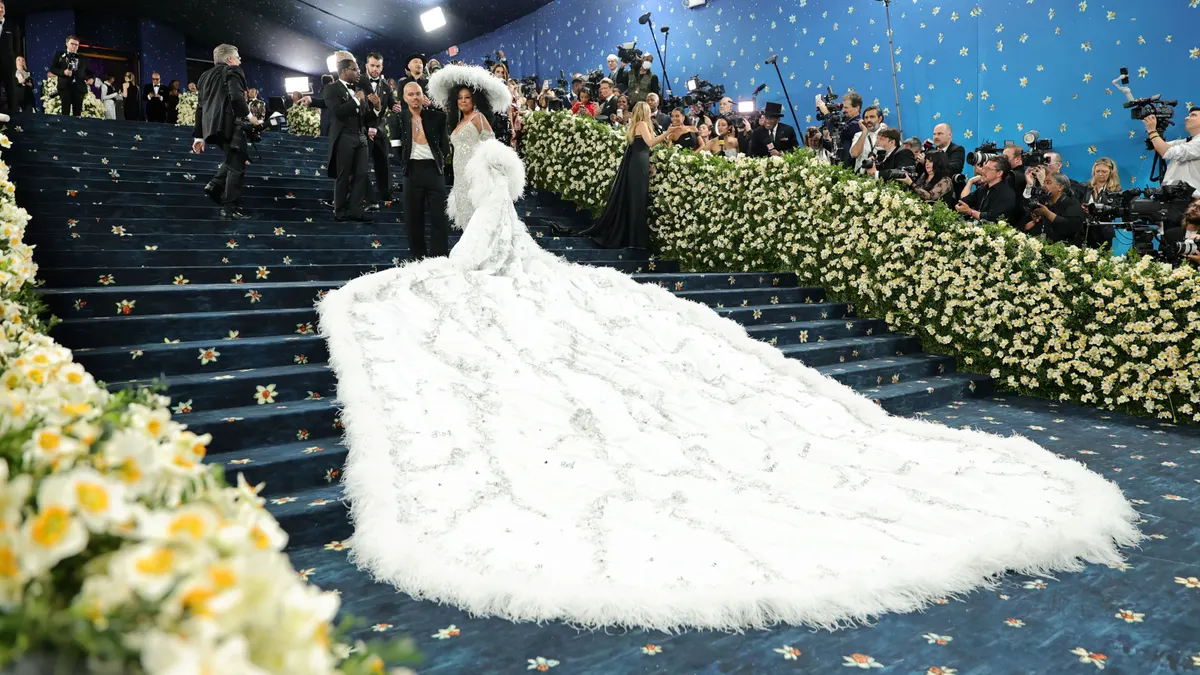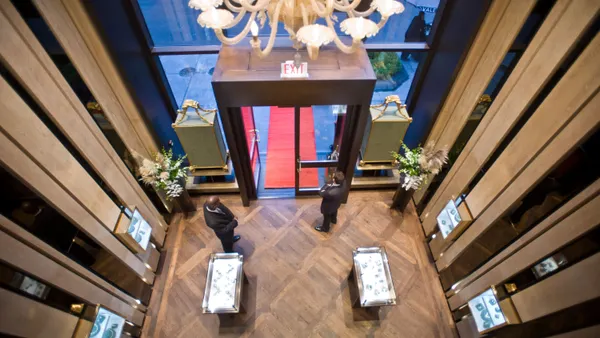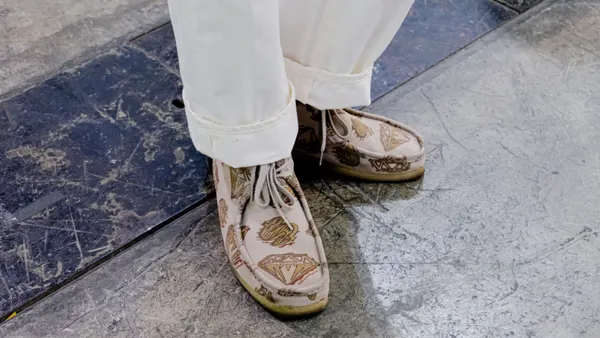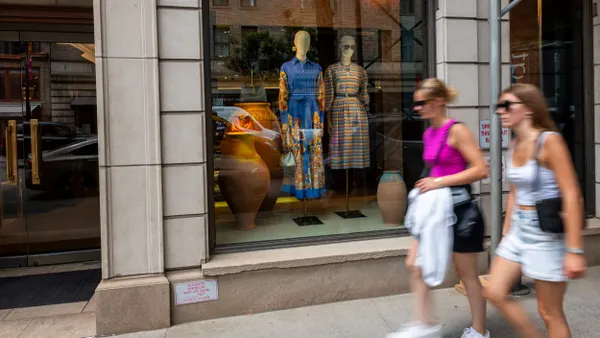Against a background of tariff uncertainty and global macroeconomic tensions, many luxury consumers are pulling back on purchases.
One bright spot amid the pressure in the global luxury goods market was the overall jewelry category, which includes both high jewelry and fine jewelry. The category demonstrated notable resilience in 2024, according to Bain & Company. Last year, the sector grew between 0% and 2% to reach an estimated value of 31 billion euros, or about $36 billion.
However, even during an economic downturn, wealthy shoppers tend to trust certain categories, such as high jewelry, meaning expertly crafted, one-of-a-kind pieces featuring complex, artistic designs and rare gemstones. By contrast, fine jewelry is made of precious materials and is mass produced and easily recognizable.
High jewelry led market growth, outshining more accessible segments, while competition intensified due to the entry of luxury fashion houses and ambitious regional players, according to Fredrica Levato, senior partner at Bain & Company and co-author of the firm’s 2024 Altagamma annual Luxury Goods Market Study.
“This made [jewelry] the most stable segment within the core luxury categories, outperforming others such as the watch industry, which saw a 5% to 7% decline amid cooling consumer interest,” Levato said in an email.
Richemont jewelry brands fared best in recent earnings reports. The company owns Buccellati, Cartier, Van Cleef & Arpels and Vhernier, and posted an overall Q1 revenue increase of 3% to 5.4 billion euros. In its earnings release, Richemont said sales at its jewelry houses increased 7% year over year, while its specialty watchmaker division fell 10%.
“Richemont jewelry brands…have been outperforming the broader industry and peers for a number of quarters, since the pandemic, but now this outperformance is more pronounced,” Jelena Sokolova, a senior equity analyst at Morningstar, said in an email.
By contrast, recent revenue figures at LVMH have been less positive. The company owns nine combined watch and jewelry houses, including Bulgari, Tiffany & Co., Chaumet, Repossi and Fred.
The company posted overall revenue of 39.8 billion euros for the first half of fiscal 2025, representing a 4% decline year over year. Revenue at its watches and jewelry division was down 1% for the period.
Meanwhile, rival luxury conglomerate Kering owns jewelry brands Boucheron, Pomellato, DoDo and Qeelin. Kering doesn’t separate its jewelry category in its earnings reports, but instead includes it under the “other” category, alongside fashion houses Balenciaga, McQueen and Brioni.
Sales in that category declined 15% in the second quarter, while overall revenue at Kering was down 16% year over year.
The jewelry category may be part of what plays into the widening earnings gap as the overall luxury sector continues to navigate challenges.
“For the luxury industry [jewelry] is one of the fastest growing segments with very high entry barriers [such as] working capital requirements, gifting and investment demand which tends to be brand loyal,” said Sokolova.










